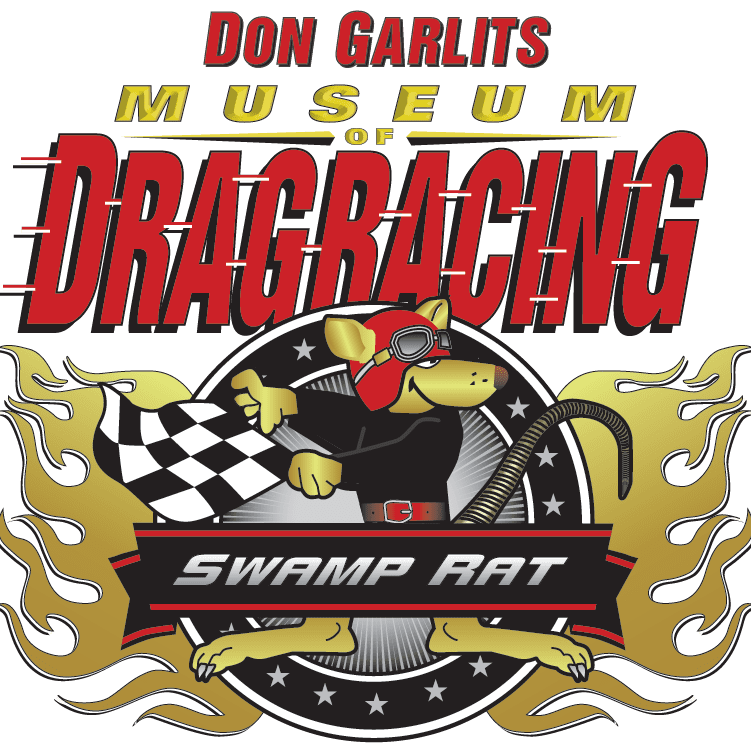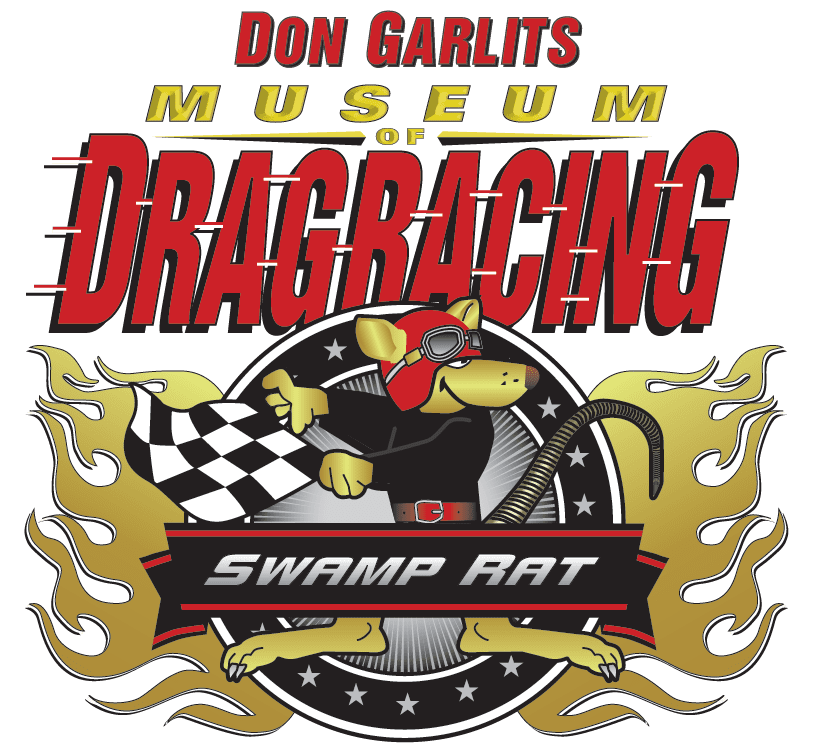2013
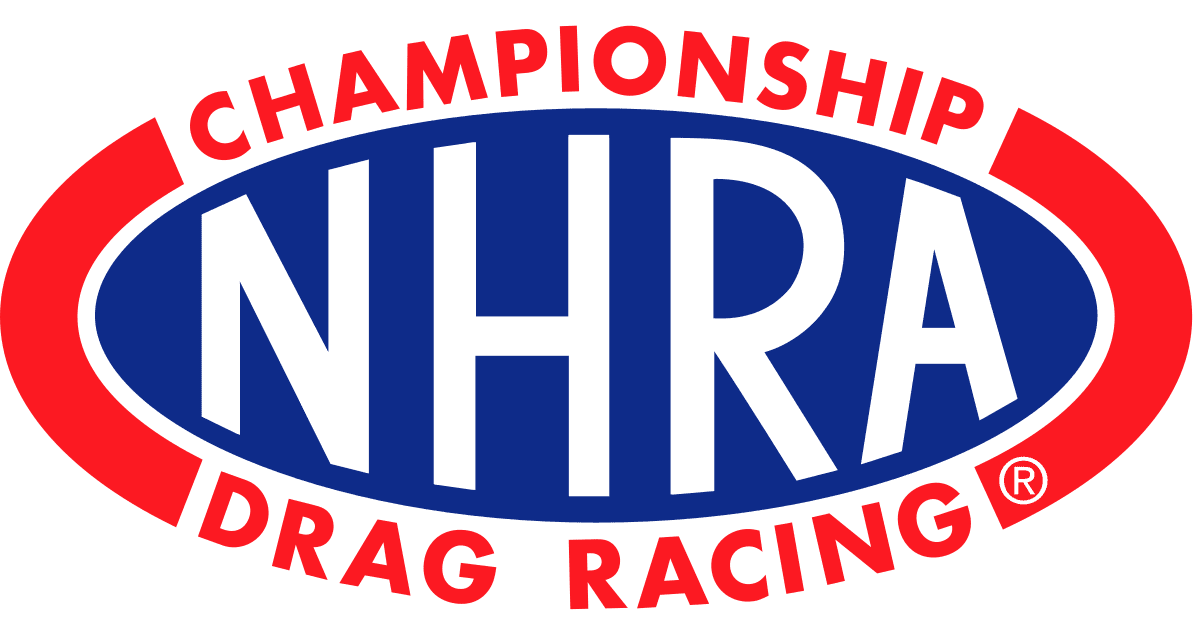
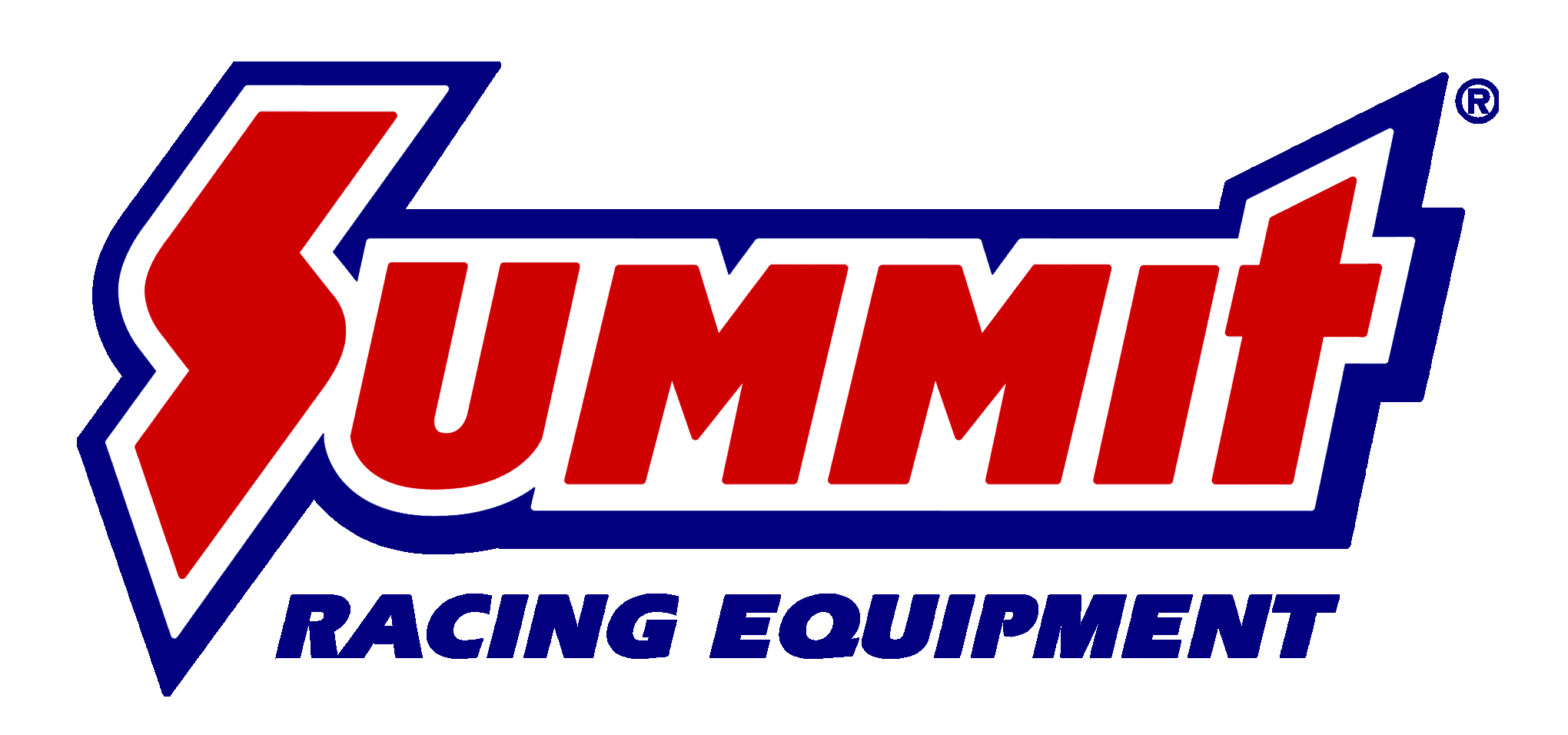
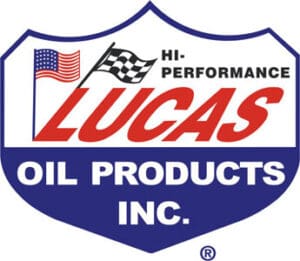
Event Sponsors NHRA, Summit Racing Equipment, Lucas Oil Products Held March 14, 2013
Paramount Plaza Hotel & Suites, Gainesville Florida.
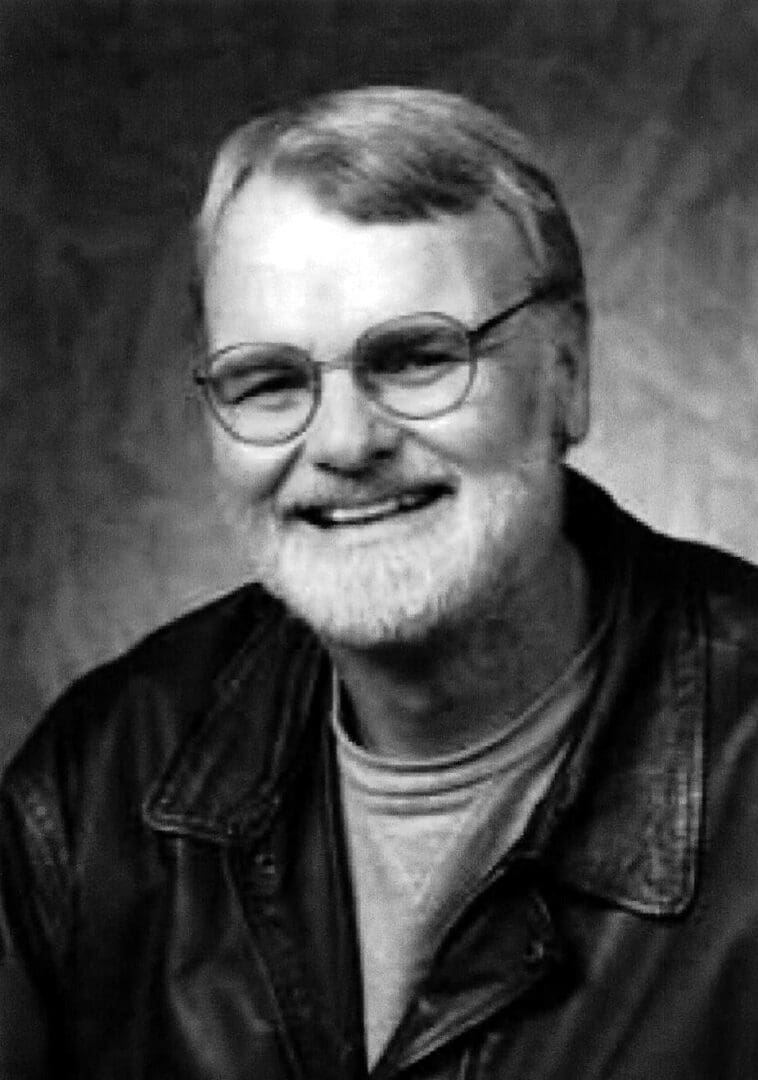
Dr. Robert Post
Founder’s Award
Bob Post grew up in Pasadena along with a lot of youngsters later famous in the annals of drag racing such as Kent Enderle, Don Nicholson, and Chuck Grieth. His first competitive outing was at Santa Ana in 1952 in a 1932 coupe, his last at San Fernando Raceway five years later in a 1934 coupe which was flathead powered. He never went very fast, but he became a permanent fan, and he saw a lot of history made at places like The Pond, Pomona, Formosa, and The Beach.
After finishing his doctorate degree at UCLA, he moved “back” with his wife Dian. In 1973 he went to work as a curator for the Smithsonian Institution, and in 1986 he began planning and exhibition sponsored by DuPont called “A Material World”. Here was his chance to fulfill a lifetime ambition to spotlight a top fueler at The National Museum of American History, and Don Garlits agreed to donate his World Champion Swamp Rat XXX as the feature display. Before he came through the doors, Don lit Swamp Rat XXX one last time on the steps of the museum, and Jeff Tinsley took a photo that was turned into one of this Smithsonian’s best posters ever. In 1989, Bob arranged for the induction of Bruce Larson’s World Champion funny car. He had followed the drags all his life, he was a professional historian, and he had written several books about the history of technology. All this got him thinking, was it time for a book about drag racing? “Hi Performance”, which Garlits called “the bible of drag racing”, was published in 1993 and has gone through many reprintings along with a revised edition in 2001. It’s a book that has sold well, but numbers pale in comparison to the number of people who first had a chance to get closer at a top fuel or a fuel funny car at the Smithsonian. Swamp Rat XXX was featured for 18 years and the museum is visited by 6 million people annually.
Bob’s honors include prizes for his books and articles, awards for exceptional services from the Smithsonian (nine times), appointments at the MIT Think Tank, and the Leonardo Da Vinci Metal from the Society of the History of Technology. But, looking back to Santa Ana more than 60 years ago, he says receiving the Founders Award in the International Drag Racing Hall of Fame is the finest honor of all.
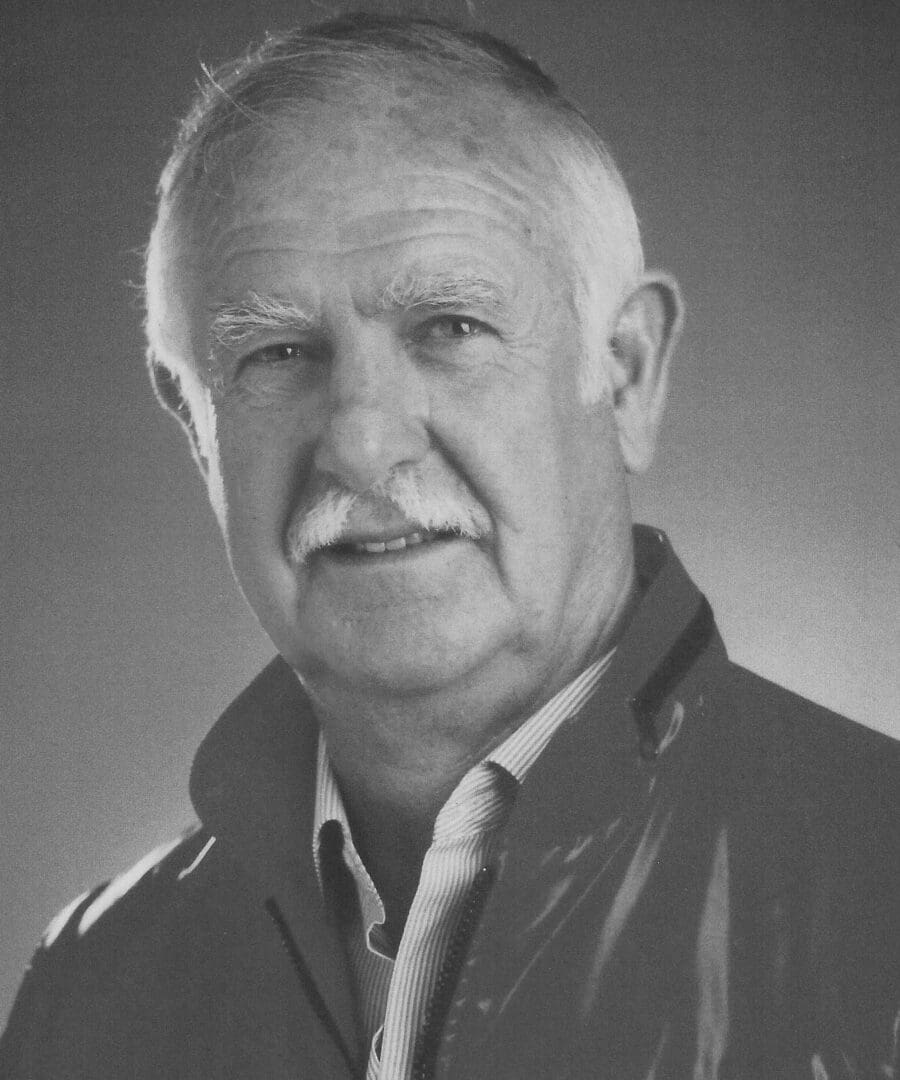
Lewis “Louie” Senter 1920-2016
Lewis Senter began his racing career by competing in the original Soap Box Derby at the age of 12 years old. Since then he has been a lifelong racing enthusiast and participant in about every aspect of the high-performance industry. As an owner/driver he has been involved in drag racing, dry Lakes competition, open wheel oval track racing-including the Indy 500-, sprint and midget racing, sports car racing, and boat racing. As a manufacturer he founded Ansen Automotive and other similar companies, he was one of the original drag strip owners/promoters, opened one of the first true speech shops, started one of the first mail order companies, and was one of the original SEMA members.
In high school Louie took a vocational course in machine shop and when his parents saw his intense interest in this arena, they bought him a lathe, a drill press, and welding equipment. Upon graduation he worked as an apprentice machinist and a tool and die maker. During World War II he joined the Navy as a machinist mate and at the end of the war he went to work for Eddie Meyer Engineering. Louie’s first venture into manufacturing came when he and his brother purchased a tube bending machine and started producing suspension parts for shops like Frank Curtis and other car builders. Soon after that he and his brother took in another partner, Jack Andrews, who was one of the best engine builders of the time and also the creator of the first dual ignition system. After that the new parts and pieces began flowing on a regular basis, from steering wheels, conversion kits, change mechanical brakes, to hydraulic brakes, and from a line of flathead speed equipment to drop axles. Ansen Automotive developed the first aluminum wheels approved for use in the Indy 500 and soon it was producing one- and two-piece aluminum wheels for both racing and the street. After that it expanded into various internal engine components including pistons, rods, and crankshafts along with hundreds of other specialty items.
Louie fielded one of the first top fuel dragsters in the Southern California area which Rod Stuckey promptly drove into the winner’s circle at the NHRA Winternationals in Pomona, California, and later sold to Tom Greer. After being fitted with a full body it became the famous Greer-Black-Prudhomme AA/Fuel car. After that he teamed up with builder Ed Pink in another AA/Fuel dragster followed by various other such cars.
As active and committed as he was with Ansen Automotive and drag racing. Louie was also involved in fielding several vehicles ranging from dry Lake cars, two midgets and sprint cars, sports cars, and his first involvement with the Indy 500. An event he has never missed since his first trip there 60+ years ago.
Through Ansen Automotive and personally, Louie has sponsored and/or helped many different teams throughout the entire country supplying both funding and parts. He was also one of the first companies to feature a strong contingency program with several of the racing associations over the years. Louie was inducted into the SEMA Hall of Fame in 1978, the Hot Rod Magazine Hall of Fame in 1997, the Dry Lakes Hall of Fame in 1999, WRA Man of the Year in 1998, National Sprint Car Hall of Fame in 2009; along with recognition from various other racing associations over the years.
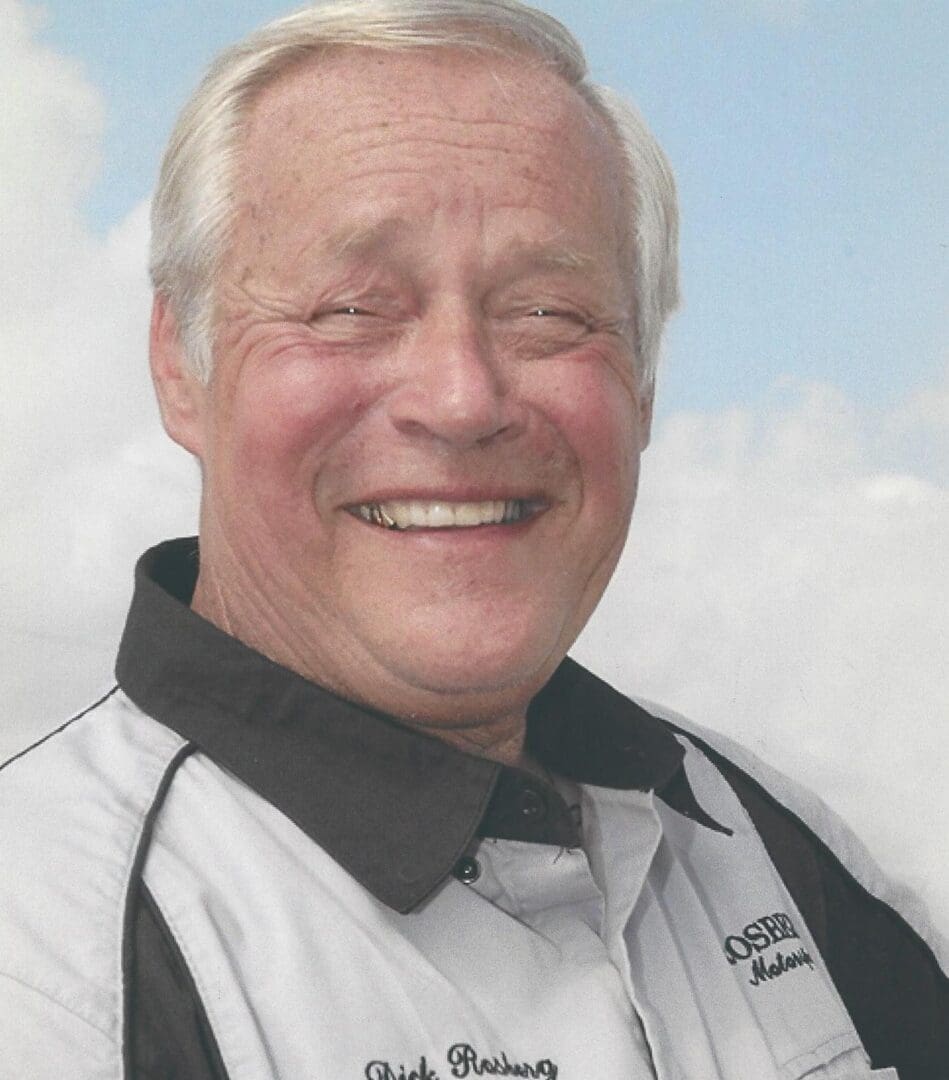
Dick Rosberg 1942-2011
Dick started his career as a street racer, moving on to the drag strip very quickly and in 1964 started racing the local track and a Chevy powered gas dragster. In 1970, Dick was driving Mike Kuhl’s blown Chrysler AA/Fuel dragster when he was offered the job of driving the Mr. Ed top fuel hydroplane owned by Ed Willis. Understanding the logistics of trying to compete in both categories, Dick chose to compete on land in Kuhl’s AA/Fuel dragster and later piloted various other fuel dragsters as circumstances permitted. In 1971 Dick teamed up with Tim Beebe to drive Tim’s “Fighting Irish” nitro burning funny car. Tim retired at the end of the 1973 season and Dick inherited the famous Fighting Irish name and in 1977 he partnered with Don Novak and Bill McDaniel to form Fighting Irish Racing Enterprises under which they campaigned a AA/Fuel funny car are until the cost of running this class made them decide to sell the car at the end of the 1981 season moving their efforts over to the jet car wars.
The team made their first appearance at the track with a jet powered funny car 1982 still under the Fighting Irish racing banner but with sponsorship from Stroh’s beer. The jet car proved to be so successful that they built another jet powered funny car 1984 and with McDaniel driving it and Dick the original car, they match raced each other at hundreds of tracks across the US. In 1989 Dick became the sole owner of the team and continue running the Fighting Irish car until 1991 when he sold the car to Pat Davidson. This didn’t mean Dick would give up driving Chet cars and for the next five years he drove Bob Van Sciver’s jet car.
Dick decided in 1997 to change from jet powered funny cars and dragsters to another unique form of vehicles, this time climbing behind the wheel of a jet powered pickup truck he and new partner, Noel Smith built. By the end of 2001 Dick decided it was time to start winding his career down a bit and sold his share of the team. Dick’s idea of “winding down” was to go back to just driving, this time for Al Hanna in the Eastern Rider jet powered funny car. For the 2003 season, Dick and his son Terry took control of Van Sciver’s “Warrior” jet funny car and toured it through 2004. Van Sciver talked Dick into driving his newest jet funny car through the end of the 2005 season at which time he talked to Dick into driving an all-new jet powered dragster which he did until the end of the 2010 season. Even after he discovered he had cancer he continued driving and putting on a great show but it all came to an end in May 2011 when the cancer won. In addition to his driving accomplishments, Dick was the IHRA’s Jet Inspector for many years and was inducted into the North Carolina Drag Racing Hall of Fame in 2009.
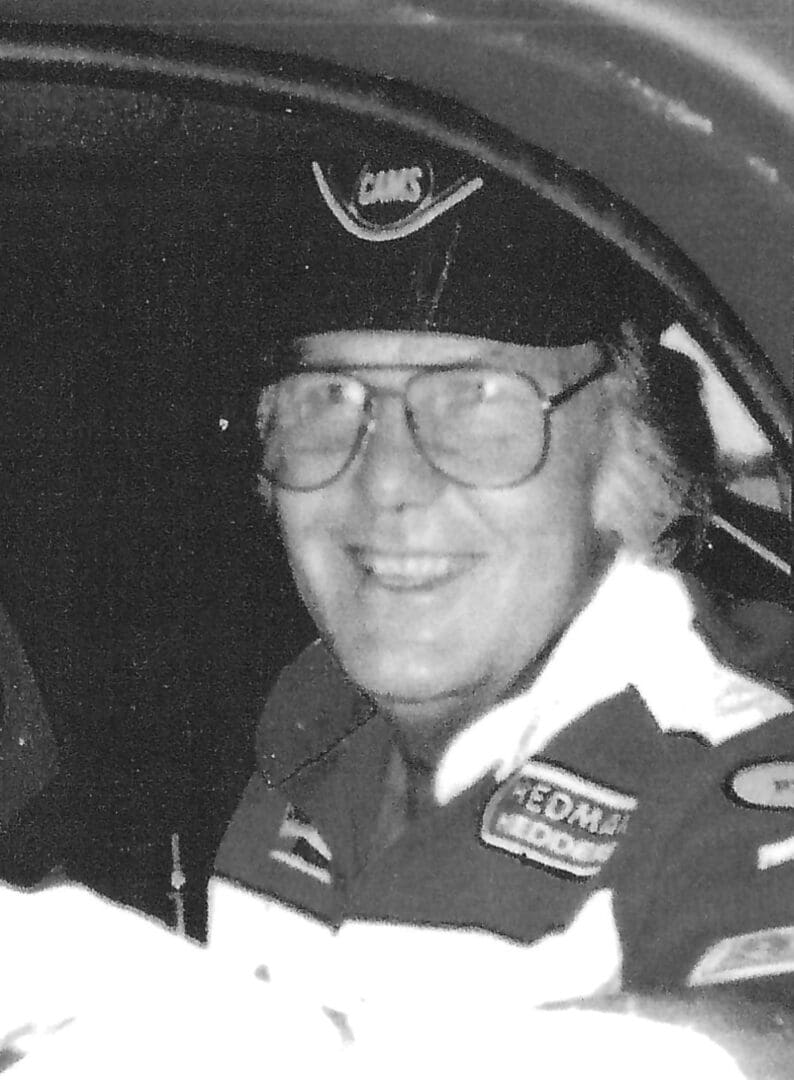
KS Pittman 1927-2010
KS Pittman was a native of Texas but when he was 17, he and his family moved to Southern California which was a hot bed for young men and women who were interested in speed and competition especially in the drag racing category. KS started racing shortly after his move to California in a straight eight Buick powered 1937 Buick. His prowess as a driver soon caught the attention of other car owners and before long, he was driving the Stone and Wood blown Olds 1950 Oldsmobile coupe. After that he moved over into the seat of Jon Edwards 1950 Oldsmobile fastback coupe powered by a Dick Harryman built potent blown Olds engine. Realizing that these big sedans and coupes had a weight disadvantages, in late 1958 KS acquired a 1941 Willy’s coupe and shoehorned Edwards big Olds powerplant into it and was soon making headlights in the drag papers. In his quest to go even quicker and faster, KS and Kurt Hamilton from Cal Automotive pulled the first molds off the coupe and produce the very first fiberglass front ends, fenders, doors, and deck lids all of which replaced the steel pieces of the coupe producing speeds of 119+ MPH and 11.69 second ET’s. What also made these times more impressive is the fact that the class required the competitors to run all legal street equipment including windshield wipers, lights, etc.
At the 1961 NHRA Winternationals in Pomona, California, KS drove the Stone and Wood Willys coupe with John Edwards blown Oldsmobile engine for power to some impressive times; launching the beginning of a new nationally recognized team in the super gas wars when Doug Cook became the third member of the team after KS moved on. In 1964 KS teamed with Chuck Stolze in a steel body 1933 Willys that was powered by a David Zeuschel built 420 CID blown Chrysler. While the pair raced at their share of national events, the big money for them was the ongoing match races across the country. The 1933 Willys biggest claim to fame came when KS took it to England as a member of the US Drag Racing Team and made exhibition runs at the British Drag Festival in 1964. In 1965, while making a hard practice run at the track in his hometown of Mineral Wells, Texas, the chute failed to open; KS totaled the car which prompted him to bring the 1941 Willys out of the moth balls and complete the match race season in it.
In 1968 KS purchased John Mazmanian’s tube chassised Austin coupe and slipped the blown Chrysler into it for the 1968 and 1969 match race season. Unfortunately, the cars radical design made it illegal for NHRA’s AA/GS class but it was a real crowd pleaser on the match race circuit. In 1970 KS took the Austin body off, stretched the chassis to accommodate a legal two seat Opal GT body and proceeded to set the NHRA class record with an ET of 8.54 seconds and several top speeds of over 170 MPH. By the end of the 1972 season bookings for the match race circuit had pretty much become the venue for funny cars; so KS made the switch again this time campaigning a turbocharged Chrysler powered Vega, but decided to retire from the circuit and just build race engines for other teams. When he built a turbocharged Chrysler engine for a blown gas hydro drag boat and decided its driver wasn’t doing his job correctly; KS came out of retirement for one final season and won the NDBAs Rookie Driver of the Year Award in 1978.
Among his other accomplishments and awards, KS was named to the 1971 Car Craft Magazine All-Star Team and was well known for his participation in and crowd-pleasing contributions to the Supercharged Gas Coupe/Sedan class. KS always presented himself as a true ambassador of the sport and helped advance it in many ways.
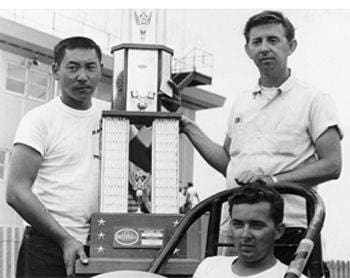
Kenny Hirata, Phil Hobbs & Bobby Vodnik
Kenny Hirata, Phil Hobbs, and Bobby Vodnik; while these three distinguished themselves as individual racers over the years, they are one of the groups that became more recognized as a team than as individuals. Kenny’s first car was a 1942 Mercury with a highly modified flathead V-8 that he used for street racing in the beginning. Phil entered the car ownership ranks with a flathead powered 1932 Ford five window coupe, followed by a long wheelbase modified roadster with 180-degree Nordin flathead, then his first dragster using the same engine on nitro. Bobby had to be different, he attended his first drag race in 1958 and immediately had the racing bug. His first ride was in a carbureted small block Chevy powered B/Gas dragster owned by his friend Dale Davies. In the meantime, Kenny had rid himself of the Mercury and built himself a 1932 Ford roadster into which he installed his Merc flathead V-8 and was racing when he entered the Army in 1950. Upon his discharge in 1952, Kenny purchased a 1932 three window Ford coupe, still using a Merc flathead for power. After a short stint with the flathead Kenny switch to an Oldsmobile engine for power backed by what is considered by most as the first successful adaption of an automatic transmission in the class range. Next came a much lighter Model A roadster with the Olds motor for power and with a modified two speed hydra-matic transmission and making the switch from gas to nitro. In 1958 Kenny stepped up to the dragster ranks and in 1961 he and Phil started their careers as a team competing with a 6-71 supercharged 458 cubic inch Hemi Chrysler on gas in a Chassis Research dragster. Meanwhile in 1960 after competing in the Davies B/Gas dragster, Bobby joined forces with his uncle Jim DeVos and Larry Reimer to campaign and unblown Chrysler powered B/Gas dragster they constructed themselves. By the end of the 1960 season the trio decided to switch their Chrysler into a Chassis Research chassis to start the 1961 season. In July 1961 Joe Bush of Speed Sport Automotive made a deal with them to install his blown fuel Chrysler Hemi in the car and promptly set a new track record at Oswego, Illinois at 8.82 second’s and 180 MPH. It mid 1962 Bobby had the opportunity to drive Lyle Fisher’s Speed Sport dragster followed by several other recognized top rank cars including Chris Karamesines “Chizler”, Dick Belfatti’s AA/Fuel dragster to name a couple.
Unfortunately, in 1963 Kenny, Phil, and Don Maynard, the Greeks partner, were on their way to Phoenix with plans to go on to Pomona to run the NHRA Winternationals; then go to the March Meet at Bakersfield with they were involved in an accident. Both Kenny and Phil were seriously injured in the accident (Don was fatally injured) leaving them both unable to drive in competition. So, after their release from the hospital Kenny and Phil rebuilt the car and brought Bobby into the team as the driver and returned to the gas dragster wars.
With Vodnik at the wheel, the team won its first national event when he captured the Top Eliminator Award at the 1963 NHRA US Nationals in Indianapolis by defeating Don Garlits in the final round. They continued their winning ways at the 1965 NHRA US Nationals and in 1966 by capturing the AA/Gas dragster class at the US Fuel and Gas Championships in Bakersfield, California with Phil driving. The Hirata & Hobbs team made the transition to a rear engine AA/Fuel dragster for the 1973 season and continued as strong competitors until they hung it up at the end of the 1973 season. Phil went on to attend to his business Crossfire V-8 Hot Rod Consulting. Kenny was more active in Lowell Body Shop which he founded in 1956. He also built and tuned the engines in his sons injected nitro dragster. Bobby stayed busy as a mold maker for Panduit Corporation.
In 1996 the “retired” Kenny purchased an AA/Fuel dragster chassis which he and his son, Dave, campaigned. He was named NHRA Division 3 Mechanic of the Year and was awarded NHRA’s Lifetime Achievement Award. Bobby continued to have a successful driving career through 1966 when he officially retired from competition.
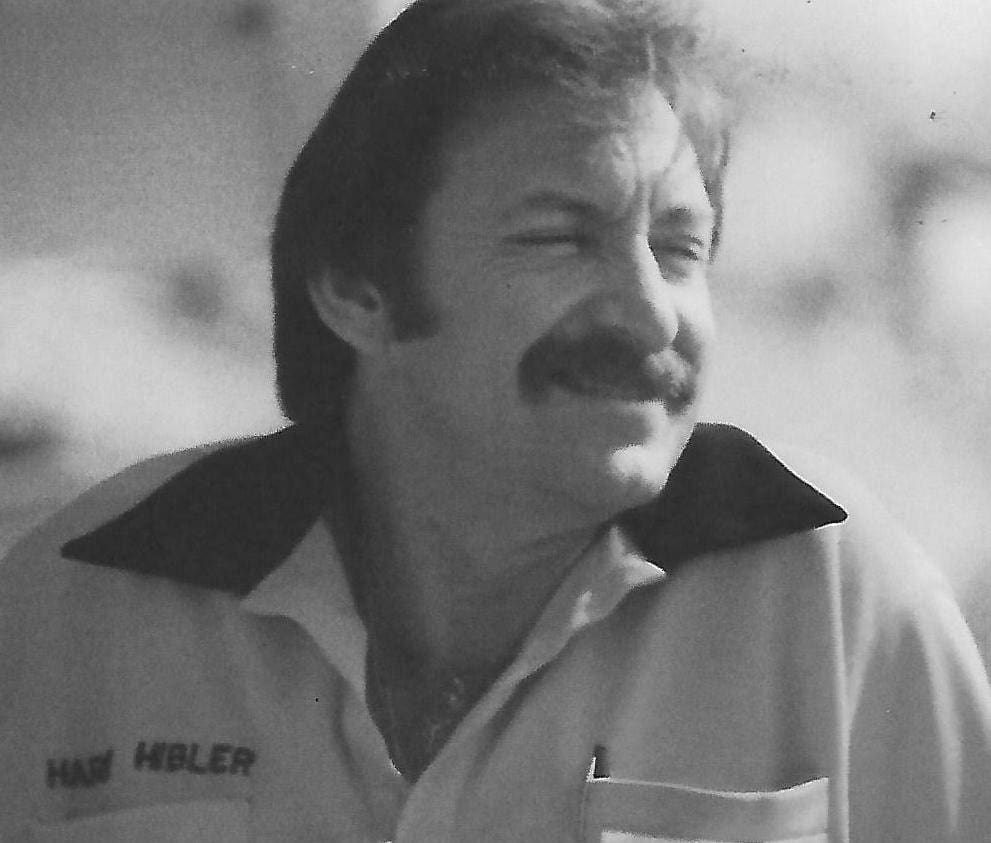
Harry Hibler
While he was interested in cars and all types of machinery at a very early age. Harry’s involvement in cars and racing began shortly after his 16th birthday when he caught a bus to Los Angeles. Street racing was very popular; Harry soon became a participant after purchasing a 1941 Ford coupe. Shortly after that, he started adding speed parts as quickly as his budget would allow and at the same time one of his good friends talked him into going to the old Santa Ana Dragstrip and he was hooked. After 1941 he stepped up to an old’s gas coupe/sedan followed by a gas-powered AA/Coupe powered by a very large V-8 Merc flathead. At that time there were 12 to 14 drag strips within driving distance so he was able to find plenty of organized racing to keep him off the streets and learn more about building the cars and engines.
In 1955 he made his first trip to San Fernando Raceway, The Pond, and very shortly after that he signed on as the tracks tech official and became very involved in learning as much as he could about the rules and safety of the sport. After year so as the head tech person at the track he moved into the track manager slot where he stayed until the track closed its doors in 1969.
It was during his tenure as the track manager that Harry took his first ride in an A/Fuel dragster, an injected Dodge Wedge engine powered RSC dragster which he quickly became the proud owner of. Shortly after that he had the opportunity to drive John Smyser’s blown Hemi AA/F dragster and the hook was set even deeper. It wasn’t common for him to slide in someone else’s car at The Pond either because the driver was late, the owner wanted a second opinion, or simply because several of the participants wanted to give him a shot at driving. After driving regularly for Smyser for several years but not wanting to give up his track managers position for a full-time driving job. Harry drove for various other owners including Marc Danakus, Cliff Roa, and Mike Butler. He also managed to shoe Don Greens original “Rat Trap” AA/Fuel altered roadster for several races. He then took a turn at driving the “US-1” turbine powered dragster and later Jim Deist’s jet dragster.
In early 1969 he closed the doors on his construction business and went to work at Petersen Publishing Company as an advertising salesman for Car Craft Magazine Hot Rod Industry News. In 1977 he was promoted to Publisher of Car Craft Magazine where he was especially diligent and building a greater awareness and importance of the Car Craft Magazine All-Star program. He was also one of the founders of the Car Craft Magazine Street Machine Nationals which became one of the largest and most prestigious street car shows in the country. Harry was the first person to highlight a pro drag race vehicle at the street event when he had Raymond Beadle cackle his Blue Max funny car during the show. In 1982 he moved up the corporate ladder again, this time assuming the publisher’s position at Hot Rod Magazine. Harry held the publisher’s slot for several years, then moved into a corporate development position but after a year there he took over the reins of Hot Rod Magazine again to increased its circulation and advertising revenue. While the publisher of Hot Rod he worked at ways to include racing into the editorial mix of the magazine at the time when the reader’s interest was aimed more at street machines and street rods. One of the ways Harry was able to do this was when he arranged with the Navy for an article featuring Kenny Bernstein’s Budweiser King AA/Fuel dragster on an aircraft carrier with both the car and and F-18 fighter jet lighting up the sky. Another similar article he implemented was a comparison of Don Garlits Swamp Rat AA/Fuel dragster against a F-18 being catapulted off an aircraft carrier showing the similarity in safety equipment, acceleration, etc. One of the editorial pieces he is most proud of was the development and building of the famous streetcar, CadZZilla, a 1949 Cadillac sedan designed by Larry Erickson, built by Boyd Coddington, and owned by the ZZ Top bandleader Billy Gibbons. This is still one of the most widely recognized cars ever built.
In 1996 Harry resigned from Petersen Publishing to become one of the founders of a couple of companies that were involved in the nonperformance automotive world. His involvement in this arena led to his being named 2003 Small Businessmen of the Year in California. He has enjoyed the sport as a driver, track manager, media person, and member of SEMA working to advance it every way possible. In 1994 he was inducted into the Northwestern College, Lima Ohio, Hall of Fame for his efforts to help expand the school’s automotive education program. In 2002 he was inducted into the SEMA Hall of Fame, and in 2011 received NHRA’s Lifetime Achievement Wward at the California Hot Rod Reunion.
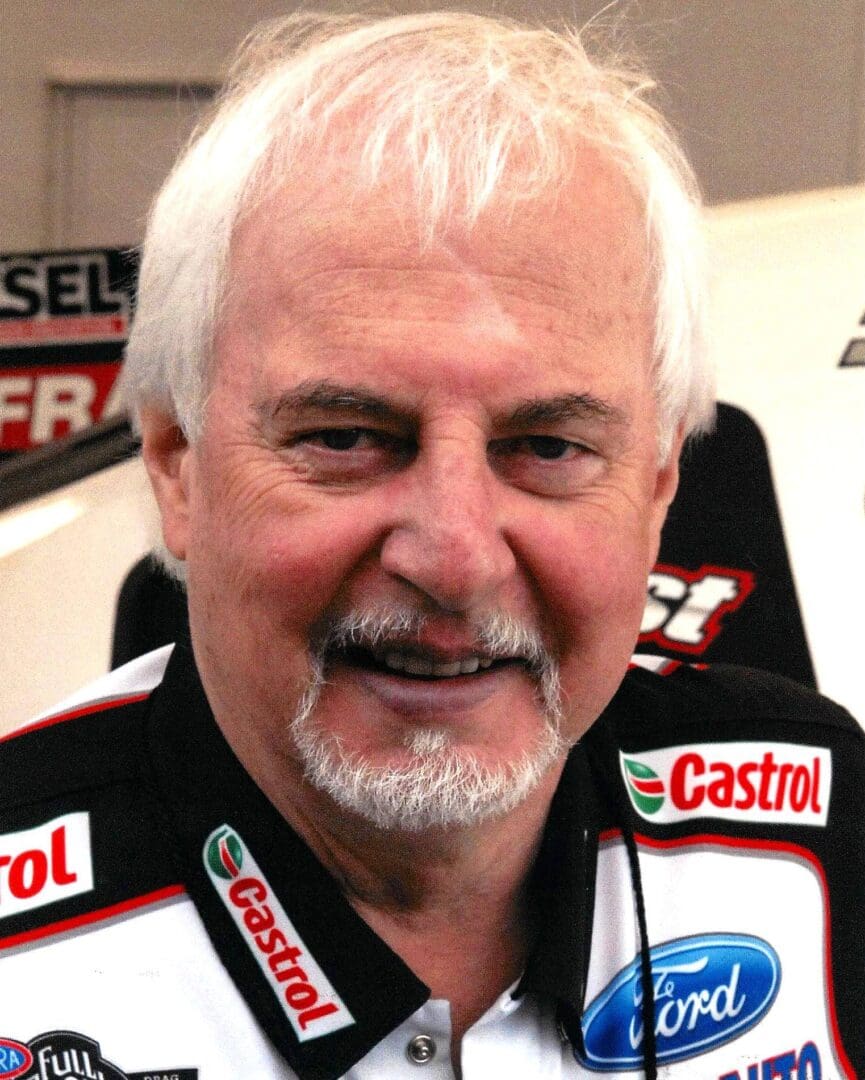
Bernie Fedderly
Bernie was born in Edmonton, Alberta, Canada and began pursuing an automotive oriented life by taking automotive classes while in high school and later earning certification as an automotive technician at Northern Alberta Institute of Technology. While still in high school Bernie was spending his weekends hanging out with the local Capital City Hot Rod Association guys.
It was while he was learning his trade at NAIT that he teamed up with another Canadian, Terry Capp the two of them began racing first gas coupes thing gas dragsters. In the early 1960s they joined yet another Canadian Wes Van Dusen in an AA/Fuel dragster venture. The trio raced mainly in the Western Canada area with an occasional trip across the border to the states and began to build a name for themselves within that arena. In 1980, the “Wheeler Dealer” team opened the door to the upper regions of the AA/Fuel dragster world by winning the NHRA US Nationals in Indianapolis, Indiana. Their past success along with the Indy win led them to make a decision to run the entire NHRA national event series in 1981. While the team notched a runner-up position at Baton Rouge, Louisiana that year and earned enough points to finish seventh in the race for the NHRA Championship; funding was tight and the team decided to park their operation with Bernie going to work for Larry Minor Racing as Gary Beck’s crew chief.
Over the next three years with Bernie as crew chief, Beck won seven NHRA national events, was runner-up at five more events, and became the first to break both of 5.50 and the 5.40 second ET barriers. Beside their impressive win streak, the team earned a place on the 1983 Car Craft Magazine All-Star Racing Team as its Person(s) of the year and in 1983 won the NHRA Top Fuel Championship.
In 1985, Bernie moved from the dragster team to Minor’s funny car team with Ed “Ace” McCulloch driving. The team had an impressive win record of 12 NHRA national events prior to parting ways in early 1992.
Bernie was immediately hired by John Force where he was made Co-Crew Chief on forces AA/Funny Car with Austin Coil. Bernie was a part of John Force Racing from 1992-2013 and participated in the teams outstanding success in various positions and titles. Through the 2010 seasons end, Bernie had been a part of 1336 NHRA national tour wins while John Force Racing marked its 16th funny car championship. Bernie was inducted into the Canadian Motorsports Hall of Fame in 1996.
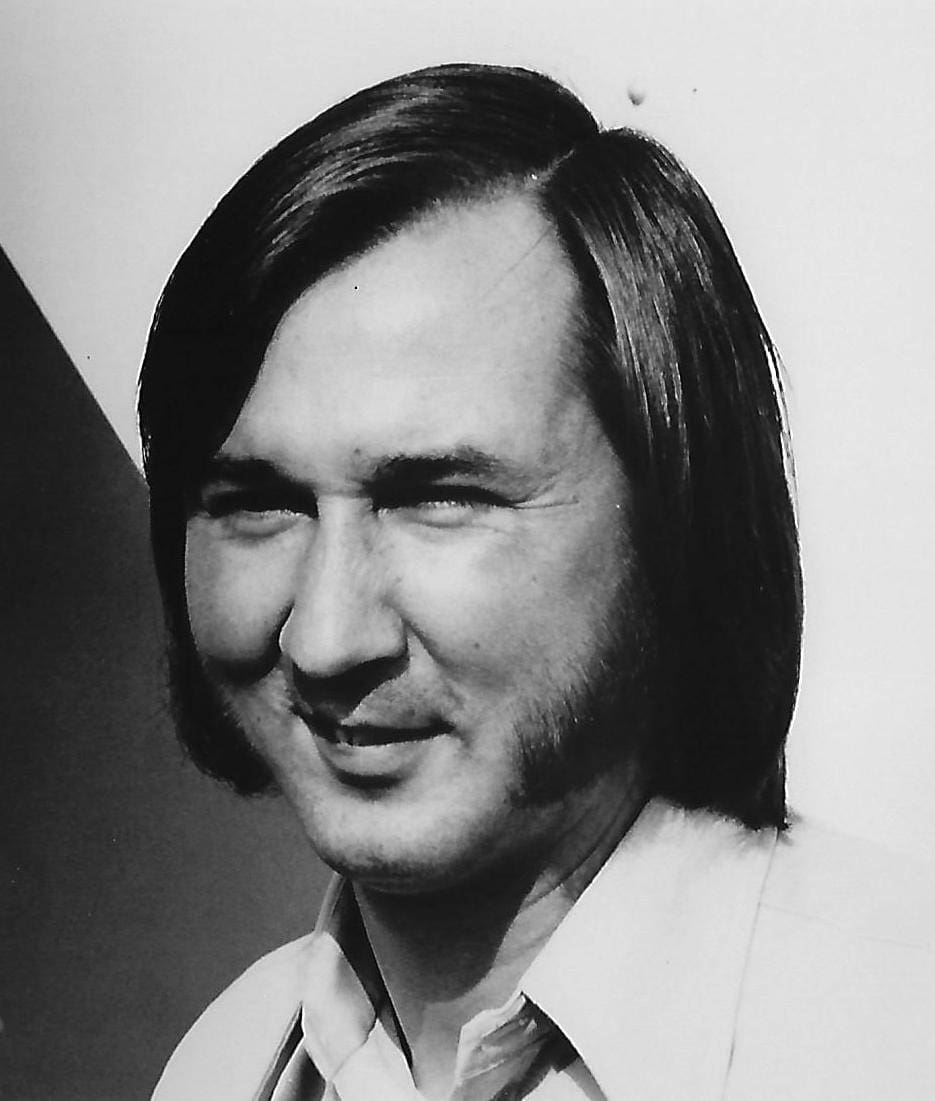
Wally Booth
Like most other competitors in the sport, Wally got his start in his teenage years but his most visible years were when he headed up the entrance into the sport by American Motors (AMC). He was making a name for himself with his Booth-Arons Chevrolet Camaro pro-stock car but when he got the call from AMC he saw the opportunity it offered for both factory backing and a highly visible effort.
When Wally began the project there was nothing in the way of performance parts available for the AMC’s, they were very boxy and un-aerodynamically designed. Fortunately, AMC did produce some very special blocks for their NASCAR and Trans-Am participation so Wally paired up with cylinder head guru, Dick Maskin, to produce their own reliable heads. AMC gave them part numbers and they went racing. Wally started the AMC program in a Tom Smith built Gremlin X but soon discovered that, while still a box, the Hornet was quicker and faster and in 1973 he debuted an all-new Hornet race car. Along with Maskin and Rich Lamont, the group also had to design their own cams, pistons, rods, and get the various manufacturers to produce them.
The Gainesville, Florida, Gatornationals in 1974 gave Wally his first national event win and actually saved the AMC drag racing program. After that Wally became a part of history when he qualified the AMC number one at the 1975 NHRA US Nationals in Indianapolis, Indiana, and followed up by defeating fellow AMC pro-stock competitor Dave Kanners in the final round of the 1976 NHRA World Finals in Ontario, California. In addition to his 1974 Gatornationals her and the 1976 work final wins, Wally’s overall performance net him a total of five NHRA national event wins that also included: the 1976 Springnationals in Columbus Ohio, the 1976 US Nationals in Indianapolis, Indiana, and the 1976 Fallnationals in Seattle, Washington. Other prominent wins included: the 1976 AHRA Drag Nationals in Kansas City, Kansas, the 1975 Popular Hot Rod Nationals in Martin, Michigan, the IHRA 1975 US Open Nationals in Rockingham, North Carolina, and the 1975 IHRA Winston All-American in Bristol, Tennessee. While he fielded the only AMC race car to ever win in NHRA’s Pro Stock class. In 1976, Super Stock and Drag News wrote, “In the finest drag racing tradition, Wally Booth transformed the unheralded AMC into pro-stock’s most formidable machine”.
While he continued to successfully campaigned the AMCs through 1979; he chose to retire from driving and devote all of his time to his engine building business.
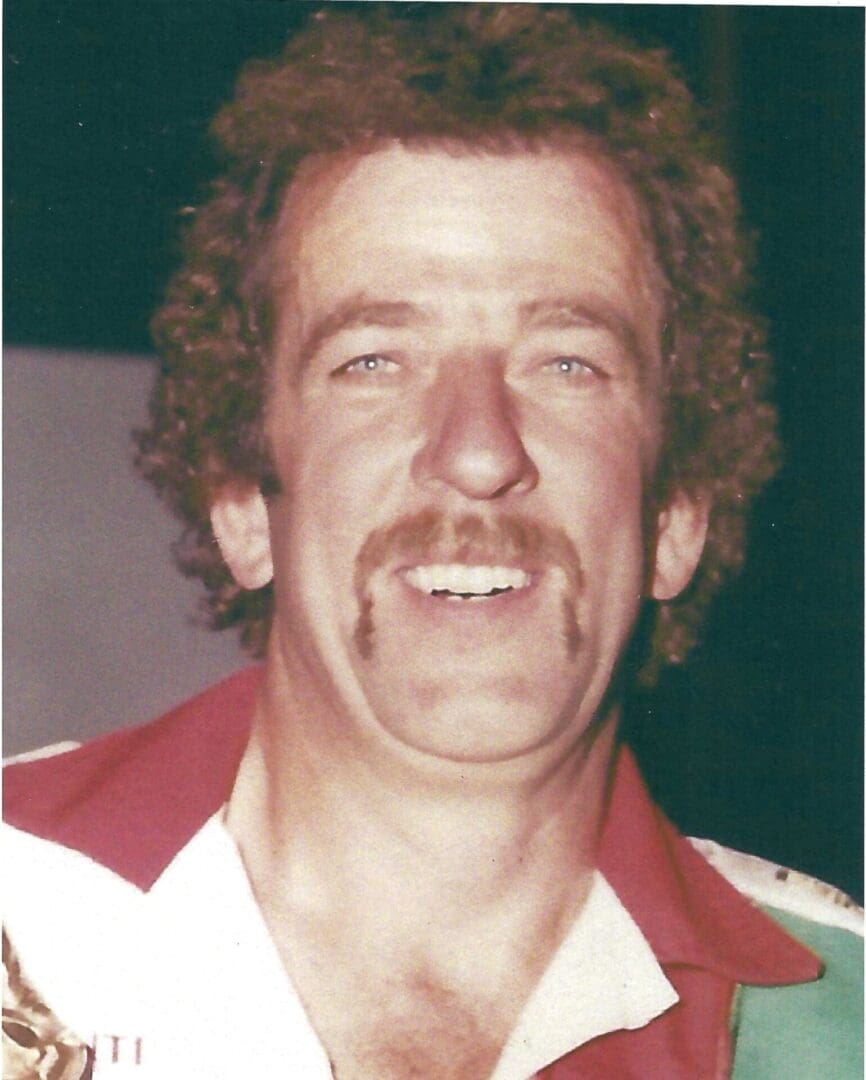
Dave Boertman
Dave has said he is loved racing since he was four years old when his dad would take him to the local oval track races. However, his career in drag racing didn’t begin until he was 22 years old and attended a local track with some of his buddies. As the owner of a 1957 Ford with the police interceptor engine in it; Dave was constantly working to improve its performance and then tested it out at a local street race.
In 1962 Dave took home his first winner’s trophy and was totally hooked. Unlike a lot of racers at that time, Dave didn’t approach racing in a haphazard manner. He began looking at it as a business; working not only to improve on the car’s performance and his driving skills but putting together a solid business plan to follow. In reflecting back to that time, Dave says it was very unusual for him to leave the track without winning something.
For the 1968 NHRA World Finals in Tulsa, Oklahoma, Dave partnered up with Tom Elk who had a really strong engine. The pair won their first national event in Stock Eliminator, in a 1959 Chevrolet. From that point on Dave’s success record soared. In 1969 and 1970 Don won many races including divisional championships and two national events; the 1970 Summer Nationals at York, Pennsylvania, and the US Nationals, in Indianapolis, in Stock Eliminator driving a 1969 Chevrolet.
In the fall of 1970 Gil Kirk, owner of The Road Shop in Columbus, Ohio, was attempting to work a deal with Chrysler Corporation for sponsorship of a team using all Dodge drag racing cars for 1971 and beyond. Chrysler’s officials were impressed with Dave Boertman’s win record and wanted Dave on the team; letting Gil know if he could get Dave to sign on it would sweeten the deal. Gil contacted Dave, and they worked things out and the rest is history. Because all this happened so fast, when it came time to go to the Winternationals at Pomona, California, Dave had the only car ready to go. A new 1971 Dodge Coronet wagon for Stock Eliminator prepared in only two weeks. Dave started out for Pomona with an untried and untested race car. It was tested at Irwindale, California, and to make a long story short, in Dave Boertman fashion, won his first Stock Eliminator race for The Rod Shop and Dodge at Pomona.
1971 would turn out to be the best year ever for Dave, as he won more races than he lost that year including seven divisional points races out of eight. Losing one race in final run due to a broken rear end. Dave ended that year with more sportsman points than anyone had ever won before, the icing on the cake was winning his second world championship in Stock Eliminator at the final race.
Because Dave dominated the stock class so well, NHRA changed the rules for Stock Eliminator four 1972 racing for trophies only, and no prize or contingency money. This role forced Dave to change in 1972 to Super Stock so that he could afford to continue racing. It was a struggle at first but, in Dave Boertman style, he ended the year with many more wins, and his third world championship, this time in Super Stock.
In 1972 Dave started racing IHRA along with NHRA and raced five national events; winning for them and was runner-up in the fifth. He won the IHRA World Championship in Stock Eliminator for 1972. Was named Driver of the Year. In 1977 Dave won his fourth world championship at the NHRA World Finals in Ontario, California. In 1978 the Chrysler Corporation dropped out of racing and The Rod Shop lost its major sponsor and had to disband the team. Dave then retire to pursue other interests.
In 1984 Dave received a call from Gil Kirk at The Rod Shop in Columbus, Ohio, asking if he would be interested in being part of their new Pontiac racing program. Dave accepted the offer, came out of retirement, and raced for Pontiac for the next three years, winning his fifth world championship in 1985.
Dave enjoyed racing, building engines, and the camaraderie of longtime friends and fellow racers.
In the course of his career, Dave won 17 NHRA national event titles and 15 IHRA national event titles. Was named Car Craft Magazines Driver of the Year four times and won the IHRA Driver of the Year Award. Dave is also a five-time NHRA World Champion; doing so in Stock category in 1968 and 1971 and the Super Stock category in 1972, 1977, and 1985. Dave was inducted into Michigan Motorsports Hall of Fame in 1990 and became a member of West Michigan Sports Hall of Fame in 2000.
